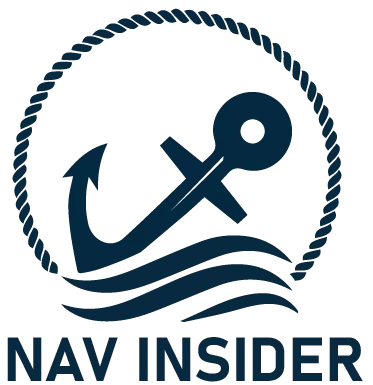
AMVER: A Global Lifesaver for Mariners The Automated Mutual Assistance Vessel Rescue System (AMVER) is a global voluntary initiative run by the United States Coast Guard (USCG). AMVER has improved maritime safety since 1958. It continues, to this day, to be one of the most valuable programs to organize rescue operations in times of crisis at sea. It also links search and rescue (SAR) and rescue vessels to member’s vessels in the region.
Response to a tragedy
The necessity for an internationally coordinate maritime rescue network was highlighted by the 1912 sinking of the Titanic and over 1500 associated deaths. In order to achieve this, In 1958, the U.S. Coast Guard (USCG) established the AMVER service through an agreement with commercial shipping companies. Initially designed for the North Atlantic, the AMVER service expanded its framework to the global maritime community and is now supported by advanced technology.
AMVER (automated mutual-assistance vessel rescue) performs operations in which AMVER collects essential navigation data from vessels throughout the world, such as ship location, proposed departure plans, and any deviations to course. Data provided in AMVER reports allows search and rescue officials to determine the likely location of the vessel to make it easier to locate ships that may assist in searches.
Notable reports submitted by reporting vessels for the Sailing Plan (SP):
The Sailing Plan, or SP, is a report of intended course submitted shortly after departure.
Position Report (PR): This provides the vessel’s most recent position and is sent at least every 48 hours and within 24 hours of departure.
Any significant change in heading, speed, or destination should be promptly reported with a Deviation Report (DR).
Once the vessel reaches its destination, a Final Arrival Report (FR) is submitted.
To guarantee the accuracy and consistency of the data presented, the reports adhere to the International Maritime Organization’s (IMO) standards.
Global Participation and Impact AMVER’s success is due to the active participation of the global maritime community. More than 22,000 vessels participate, of which approximately 4,000 ships report daily.
Some key achievements:
Saving lives: Since 2000, AMVER-participating vessels have successfully rescued more than 2,800 people.
Global Integration: AMVER works with other maritime distress systems, such as the Global Maritime Distress and Safety System (GMDSS), to enhance the overall response to distress calls.
Awards and Recognition :
AMVER recognizes ships and firms for their ongoing commitment to the framework via annual awards.
These are:
Blue Pennant: Awarded for a ship’s initial year of participation.
Gold Pennant: Awarded for five successive years of eligibility.
Purple Pennant: Awarded for ten years of continuous participation.
These are gladly mounted on ships and in company offices as a testament to their commitment towards safety at sea.
AMVER Weather Reporting :
In partnership with the National Oceanic and Atmospheric Administration (NOAA), AMVER too helps Volunteer Observing Ships (VOS) report weather. The partnership helps in marine weather forecasting and helps in maximizing SAR operations.
The Humanitarian Soul of AMVER :
Fundamentally, AMVER is based on participation, cutting across national boundaries and political affiliations. Regardless of the nationality of the ship, all ships that take part are bound to render assistance to those in need, which is the real spirit of international maritime solidarity.
Through global collaboration and technological innovation, AMVER continues to rescue lives at sea. Its sustained success is a confirmation to the strength of collective responsibility and humanitarian principles in the world’s maritime activities.


